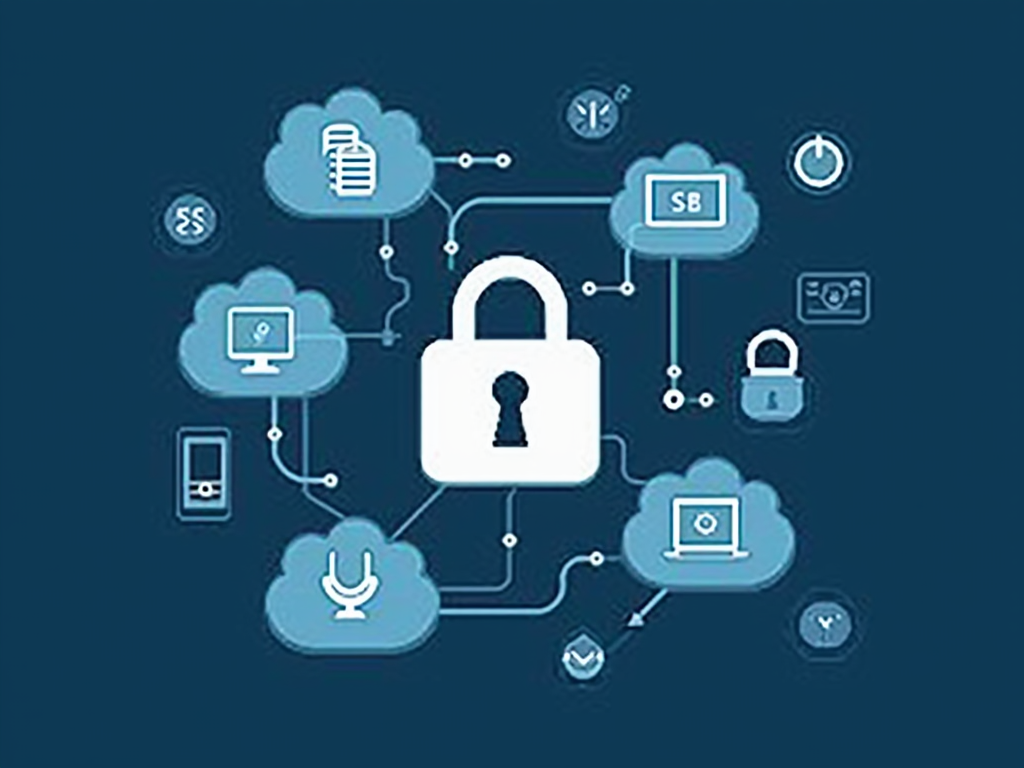Understanding the Importance of Secure Coding Practices
As developers, we have a crucial role to play in ensuring that our applications are secure and trustworthy for users. This is achieved through following best practices in coding, which can help prevent vulnerabilities and minimize the risk of attacks. In this article, we’ll explore the importance of secure coding practices and how they can benefit your application.
What are Secure Coding Practices?
Secure coding practices refer to the set of guidelines and techniques that developers follow to ensure that their code is free from vulnerabilities and is designed with security in mind. These practices include using secure protocols for communication, validating user input, using encryption, implementing access control, and more.
Why are Secure Coding Practices Important?
1. Protecting User Data
Secure coding practices are essential for protecting user data. When you write code that is vulnerable to attacks, you’re putting your users’ sensitive information at risk. This can include credit card numbers, passwords, addresses, and other personal details.
2. Minimizing Risk of Attacks
Following secure coding practices can help minimize the risk of attacks on your application. By implementing security measures such as encryption, access control, and input validation, you can make it more difficult for attackers to exploit vulnerabilities in your code.
3. Compliance with Regulations
Many industries have regulations that require applications to be secure and compliant. For example, PCI-DSS requires credit card processing applications to meet certain security standards. By following secure coding practices, you can ensure that your application meets these requirements and avoid costly compliance issues.
4. Maintaining Reputation
A breach of user data or a successful attack on your application can damage your reputation and lead to lost trust from users. By following secure coding practices, you can demonstrate your commitment to user security and maintain a positive reputation in the eyes of your users.
Best Practices for Secure Coding
1. Validate User Input
Validating user input is crucial for preventing attacks such as SQL injection and cross-site scripting (XSS). Always ensure that user input is sanitized and validated before using it in your code.
2. Use Secure Protocols for Communication
Use secure protocols such as HTTPS to encrypt communication between the client and server. This ensures that data transmitted between the two is encrypted, making it more difficult for attackers to intercept and read sensitive information.
3. Implement Access Control
Implement access control measures to ensure that only authorized users can access specific parts of your application. This includes implementing authentication and authorization mechanisms, as well as using permissions and roles to restrict access.
4. Use Encryption
Use encryption to protect data both in transit (during transmission) and at rest (when stored). This ensures that even if an attacker gains access to your data, they won’t be able to read or use it without the decryption key.
5. Keep Software Up-to-Date
Keep software up-to-date by patching vulnerabilities as soon as they’re discovered. Outdated software is more vulnerable to attacks, so ensure that you’re always running the latest versions of your dependencies and frameworks.
Conclusion
In conclusion, secure coding practices are essential for protecting user data, minimizing risk of attacks, complying with regulations, and maintaining reputation. By following best practices such as validating user input, using secure protocols, implementing access control, using encryption, and keeping software up-to-date, you can ensure that your application is secure and trustworthy for users.
Remember, security is an ongoing process that requires continuous effort and attention. Stay up-to-date with the latest security trends and best practices to ensure that your applications remain secure and reliable.
Resources
- OWASP Secure Coding Practices
- NIST Guidelines for Securing Web Applications
- PCI-DSS Compliance Guide



